The care for the poor
Here is a look into how the communities took care of the poor people.
Feartured photo: Painting by Norwegian Christian Krogh: “Kampen for tilværelsen” – The fight for a life
Already in the laws dating back to the Gulatingsloven (Law of the Gula court) from about the year 1000, we find the mentioning of the family and society’s responsibility to care from the poor. (Kluge 1973:9)
There was a distinction between worthy and unworthy poor people. The first group consisted of children, widows, and others who had difficulties because their provider had passed away or become incapacitated. The unworthy group was people who were considered employable but were begging due to drunkenness, laziness or moral degradation. Being a psychiatric nurse, I can’t help thinking that many persons who had some sort of psychiatric challenges, unfairly were put into the last group. The first group was helped, the second was not (Mykland 1975:154). The unworthy poor were often placed in various correctional facilities.
After the Lutheran Reformation and the church lost its economic power to act as a communal caretaker, various regional laws (stiftsanordninger) starting in 1741 tried to find ways to organize the care for the poor (Gjærevoll 1992: 110). While the tone in these varied from district to district, there was a clear change from earlier times wish to do away with the vagabonds and the beggars, to a more humanistic realization of the society’s responsibility (Masdalen).
When we deal with care for poor people in Norway, we soon come across the word “legd/lægd”. The “legd” means that a person unable to care for him/herself was sent from farm to farm. They stayed there and were cared for a certain time. This care was also called “husgang”. This is a lesser used word though. The concept of legd is found back to the 1200s (Hatland 2019). The legd was used in rural areas.
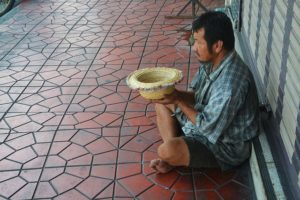 The concept of “legd” has changed over the centuries and has also been practiced differently from district to district. This means we have to generalize a bit and look at some common traits. I will, for the most part, try to look at the “legd” in the timeframe where we find most sources. A lot can be said about the emotional aspects of the “legd”, both for the caregivers and the care receivers, but I will leave this to each one of us to imagine.
The concept of “legd” has changed over the centuries and has also been practiced differently from district to district. This means we have to generalize a bit and look at some common traits. I will, for the most part, try to look at the “legd” in the timeframe where we find most sources. A lot can be said about the emotional aspects of the “legd”, both for the caregivers and the care receivers, but I will leave this to each one of us to imagine.
In the 1801 census, we find about 3400 people listed as being under the “legd” system. We find about 4900 people if we search for “fattig* (poor). While there is a few localparishes and farms missing in the census data, according to the census as registered in the Norwegian Digital Archives, the population of Norway counted 883 487 persons. While we are into statistics, we may also note that 8,8% of these lived in the towns (Wikipedia).
Within the legd concept, there were different ways a person could be helped (Mykland/Masdalen 1987:131)
- A needy could receive natural goods such as grain, potatoes, etc.
- He or she could receive money. This was usually done as a one-time donation. It might come from communal money, but also from tithing in church.
- He or she could be given care on the different farm
The legd consisted of a certain number of farms. The number of farms within each “legd” and each farm’s required contribution was based on their economic capacity.
There were two main ways to organize the care given on different farms. These were Omgangslegd and Langlegd. The first was where the care receiver stayed for a shorter time at each of the farms within the “legd” he belonged to. Langlegd was when the care receiver stays for a longer period of time at each farm. Sometimes a care receiver got to stay at the farm the rest of his/her days. The farmer was required to bring the care receiver to the next farm in the “legd” (Frimannslund 1988:12-13).
While the “legd” was mainly used in rural areas, the towns established houses (fattighus → poorhouse) where poor were admitted and given the necessary care. The oldest poorhouses were found in cities like Bergen, Trondheim, Hamar, and Oslo. These were often church institutions that were carried on after the Lutheran Reformation. Little by little also the smaller towns got their poorhouses (Wyller 1974: 32-37).
Orphaned or children from poor families were “auctioned off” and given to families that demanded the lowest sum of money to take care of the child. This was a “calculated investment” as the child was expected to help out the family who took them in (Tønnesen 1982:41).
The poorhouses in towns were financed in different ways. the municipality paid parts. Sometimes when people were fined and the money was to go to support this or that poorhouse. Some people left their properties to poorhouses, or as an endowment to benefit the poor.
In the digital archives, there are 81 sources relating to poverty. These sources all scanned and varied in their nature. If you want to use any of these and run into trouble, you’ll just have to send me a message and I’ll try my best to help you.
I hope this article has given you a little understanding of the care for the poor in Norway. Please comment below or send me a message if something should be added, or have been better explained.
Sources:
Frimannslund, Rigmor, “Om å være gammel i bygdesamfunnet i eldre tid” in Artikler i etnologi. Oslo: Institutt for etnologi Universitetet i Oslo, 1988
Gjærevoll, Olav et.al. NOU 1992-1 Trygghet – verdighet – omsorg. Oslo: Statens forvaltningstjeneste, Seksjon Statens trykning, 1992
Hatland, Aksel. Legd. (2019, 7. februar). I Store norske leksikon. (Accessed May 28th, 2019) https://snl.no/legd
Kluge, Liv. Sosialhjelp før og nå. Sosialdepartementet. Oslo: Fabritius Forlag, 1973.
Masdalen, Kjell-Olav. Prestens rolle i skole- og fattigkommisjonene. Webpage under The Norwegian Digital archives (Accessed May 28th, 2019) http://digitalarkivet.uib.no/sab/prestrol.htm
Mykland, Knut et. al. Norge under eneveldet 1660-1720 Handbok i Norges Historie Bind 3 Del 2. Oslo: Universitetsforlaget, 1975
Mykland, Liv. Masdalen, Kjell Olav. Administrasjonshistorie og arkivkunnskap – Kommunene. Oslo: Universitetsforlaget AS, 1987.
Tønnesen, Liv Kari Bondevik. Slik levde småbarna før. Oslo: Universitetsforlaget, 1982
Wikipedia. Folketellingen 1801. Accessed May 28th, 2019. https://no.wikipedia.org/wiki/Folketellingen_1801
Wyller, Ingrid. Sykepleiens historie i Norge. Oslo: Fabritius, 1974

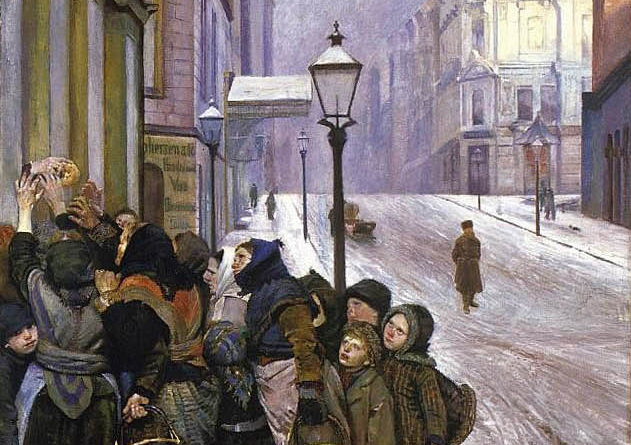

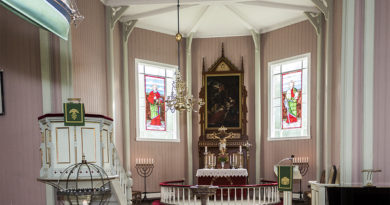
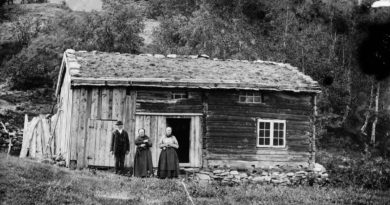
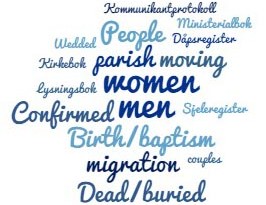
Very interesting. Thanks for posting.
Very interesting. In the 1801 census I found an older couple in a fattighus. The men and women were listed separately, not as couples. Did they live in dormitory type housing with men in one section and women in another?
Hello Jarlee
I can’t remember this being mentioned specifically in any of the sources I used to write this article. I would think though, considering the moral standards of the time, that man and women were kept in separate wards. I know this being true for many psychiatric hospitals in earlier times.
On my grandmother’s family farm at Nedre Moksvøld, the 1910 census includes a young woman, not a family member, with the notation “fattigv.” by her name.
Hello Ron
Your source being as late as 1910 I would think that this is a person whom the family is paid to take care of.